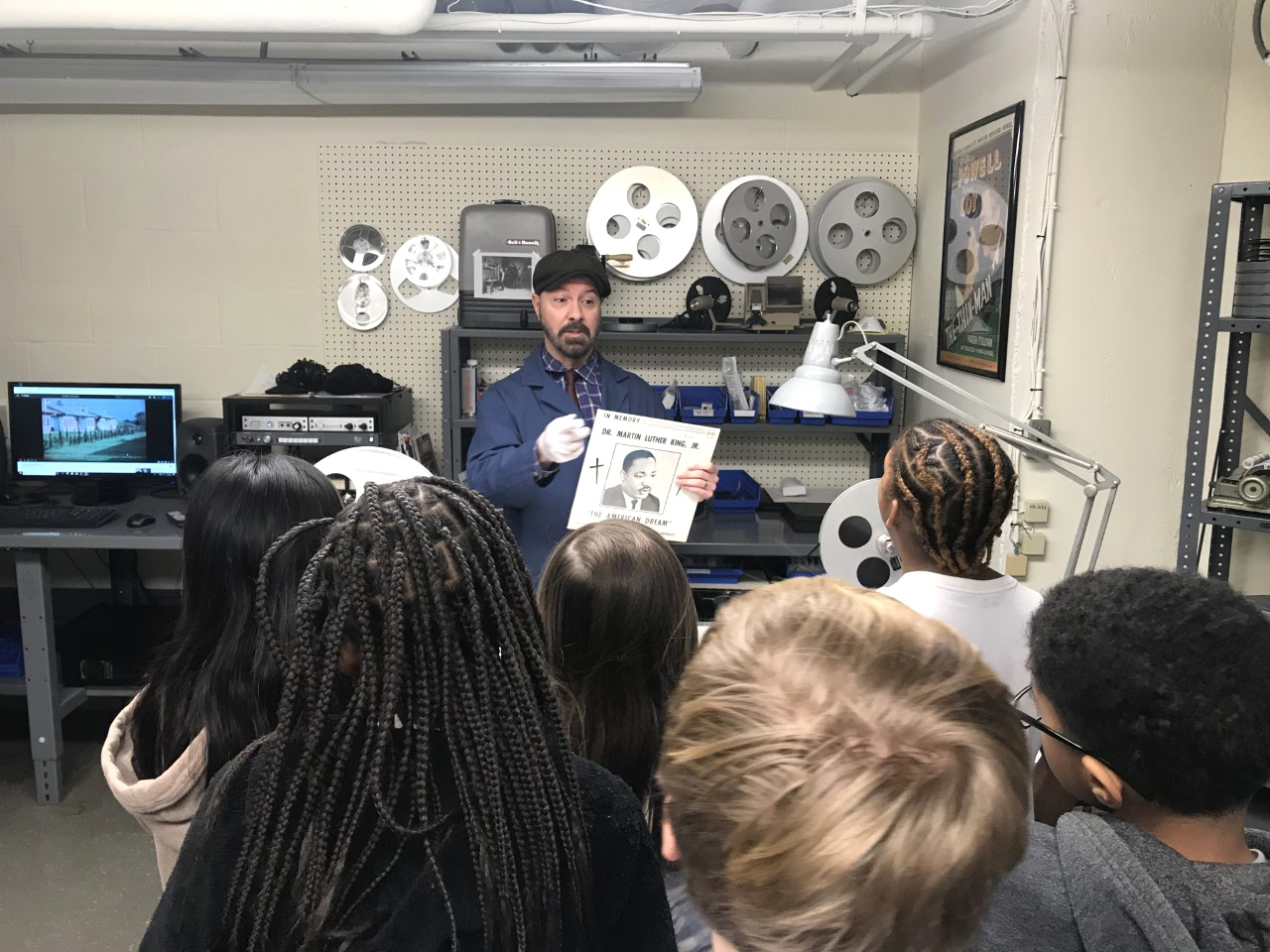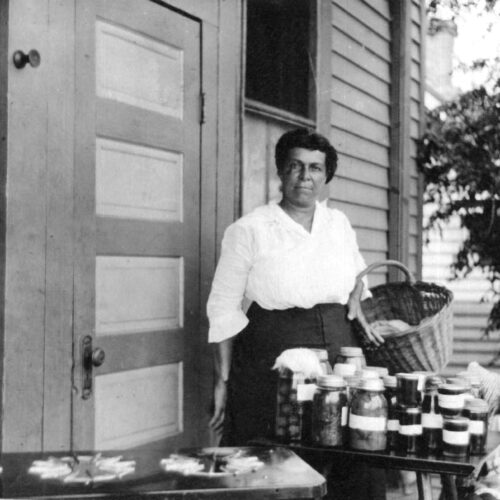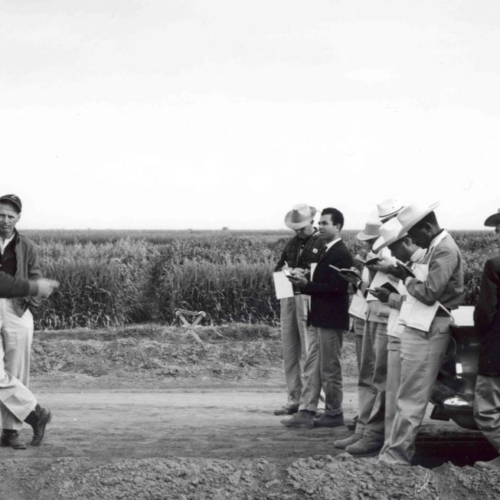This media literacy classroom activity centers on a video we developed with the RAC’s Audiovisual Archivist Brent Phillips. It includes clips of audiovisual documents related to voter education, which can serve as primary sources to view, analyze, and discuss in a classroom setting. The classroom activity guide below is available as a PDF download at the bottom of this page.
Collaborating with Brent has deepened our understanding and broadened our selection of documents we use in our audiovisual media literacy series. We hope this series will foster cross-curriculum learning.
Video: AV Media Literacy Series: Voter Education
Guide: How to use this video in the classroom
Clips and Questions Exercise
Background Information
Prepare students by describing the difference between a primary and secondary source. Students will need to be familiar with what a primary source is in order to benefit most from this video and exercise.
Citation Information
1984 Campaign Spots: The Women’s Vote Project (1984) – AV 10569
The Ford Foundation records, Audiovisual materials, FA750
Series II: Ford Foundation Videotapes
Framing of Clips and Questions
The clips of audiovisual documents serve as primary sources that can be viewed, analyzed, and discussed in a classroom setting to help students build media literacy skills.
Preferably, the clip should be viewed three times in order to create a more scaffolded exercise. The first viewing will be shown without guiding questions or discussion. The second viewing will have follow up questions relating to what the students are noticing and learning from the clip, which they can share with a classmate. Finally, the third viewing will be followed with more critical questions that can be discussed in a whole group manner.
Viewing 1 (Independent)
• What are you noticing in this clip?
Viewing 2 (Small group)
• Who is this document created for?
• What type of document is it?
• What is the purpose of this document?
Viewing 3 (Whole group)
• Keeping in mind when this document was created, what would you do
differently if you were making it today?
• Does the document accomplish its purpose? Why or why not?
• What questions do you still have?
Media Literacy Script
Shot A
Hello! My name is Brent Phillips; I am the Audiovisual Archivist at the Rockefeller Archive
Center. I care for and preserve thousands of historical audiovisual documents and make
them available to researchers — like yourself.
The first question you may have is: “What is an audiovisual document?”
Well, these can be a film or a video, or an audio recording. Something we watch or listen to.
In a moment you will be watching a short 30-second video, which also happens to be
a Primary Source Document.
Now, we tend to think of primary sources as paper documents — letters or diaries,
for example — but there are many types of primary sources, such as photographs,
a piece of artwork, and — yes — sometimes films, videos, and audio recordings.
These audiovisual primary sources communicate information about people, places,
and events. We’re able to analyze the document and make connections by viewing
and listening to the document.
This video is from 1984 — made over 30 years ago — and is part of the Woman’s Vote Project.
As you watch, ask yourself: “What am I noticing?”
It can be helpful to jot down your observations on the worksheet provided by your teacher,
or in your notebook. If directed by your teacher, share out your observations with the class.
Again: “What am I noticing?
Shot B
Very good!
Now that you have watched and discussed the video, I have a few more questions:
• Who is this audience for this video? Or – in other words – for whom is the video created?
• How do you know?
• What is the purpose of this video?
• How can you tell?
It can be helpful to write down your responses on the worksheet provided by your
teacher, or in your notebook.
If directed by your teacher, share out your conclusions before starting the next viewing.
Shot C
Now that you are familiar with the video we are going to ask you to dig deeper in your
observations and think critically about the choices the director and writers made.
Write down your thoughts on the worksheet provided by your teacher, or in your
notebook.
• What do you notice about the women in this video?
• What are their jobs?
• How old are they?
• What are they wearing?
• Why do you think the director made these choices?
• Where is the video filmed? How can you tell?
• Why were those choices made by the director and writer important
to the purpose of this video?
If directed by your teacher, share out your observations with the class
Shot D
Great work analyzing the video!
When we look at audiovisual primary sources, it is important to remember that
oftentimes, including with this video, these sources are historical documents.
Sure, the clothing may be outdated, the image quality or “resolution” may not be
as sharp as videos made today.
As researchers, it is part of your job to think about how those differences between
the past and the present impact the story a video tries to tell.
Sharing out to the class or writing in your notebook, put yourself in the role of
a critical viewer, and ask:
• Does this video accomplish its purpose? Why, or why not?
• If you were making this video today, what would you do differently? Why?
And, finally, it’s always good to ask:
• What questions about this video do you still have?
Thank you for watching and participating! I’m Brent Phillips— good-bye for now!


